Game-changing Strategies for Success
Buy CPC Traffic | Buy Display Ads | Exclusive traffic sources | Buy Push Ads | Popunder ADS | Buy Native Ads | Buy Preroll Ads

Buy CPC Traffic | Buy Display Ads | Exclusive traffic sources | Buy Push Ads | Popunder ADS | Buy Native Ads | Buy Preroll Ads
Paid traffic has become an essential component of any successful digital marketing strategy. With the right approach, it can unlock the potential for increased brand visibility, lead generation, and ultimately, revenue growth. However, navigating the complex world of purchased traffic requires a strategic mindset and a well-defined plan.
One of the first steps in harnessing the power of purchased traffic is to clearly define your goals. Are you looking to increase website traffic, build brand awareness, or generate leads? By identifying your objectives, you can tailor your strategy to maximize your results.
Another crucial factor to consider is selecting the right platforms for your ad campaigns. Whether it's search engine advertising, social media ads, or display ads, each platform offers unique targeting capabilities and reach. Researching and understanding your target audience will help you determine the most effective platform to reach your goals.
Once you have identified your goals and selected the right platforms, it's time to create captivating ad content. Compelling headlines, concise copy, and eye-catching visuals play a crucial role in grabbing the attention of your target audience and driving them to take action. Creating a sense of urgency or offering exclusive deals can also motivate users to click on your ads.
Understanding the Power of Purchased Traffic
Purchased traffic is a term used to describe the practice of paying for visitors to your website. It is a strategy that can greatly impact the success of your online presence, but it is important to understand its power and limitations.
Driving Targeted Traffic
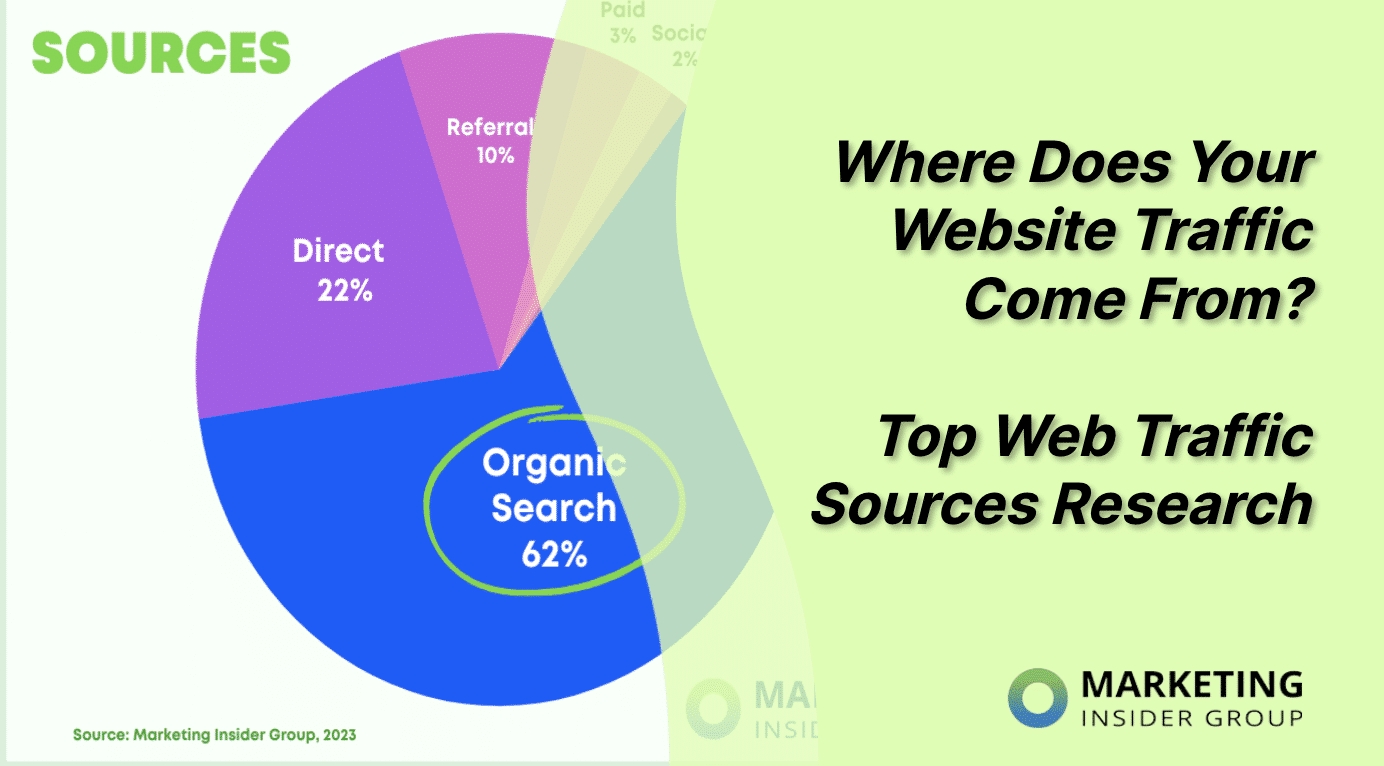
One of the main advantages of purchased traffic is the ability to reach a highly targeted audience. With platforms such as Google Ads or Facebook Ads, you can define the demographics, interests, and behaviors of your desired audience. This allows you to deliver your message to the right people at the right time, increasing the chances of conversion and engagement.
By harnessing the power of purchased traffic, you can tap into niche markets and attract potential customers who are already interested in what you have to offer. This can ultimately lead to higher click-through rates, improved conversion rates, and increased revenue.
Supplementing Organic Traffic
While organic traffic is undoubtedly valuable, it can take time and effort to build up a significant amount. Purchased traffic can supplement your organic efforts by providing an immediate boost in visibility and exposure. This can be particularly beneficial for new websites or businesses looking to establish themselves in a competitive market.
In addition, purchased traffic can help you test and refine your online marketing strategies. By analyzing the data and insights gathered from purchased traffic campaigns, you can gain valuable insights into what works and what doesn't, allowing you to optimize your overall marketing approach.
However, it's important to note that purchased traffic should not be solely relied upon. It should be used in conjunction with other marketing efforts, such as search engine optimization and content marketing, to create a well-rounded and sustainable online presence.
In conclusion, understanding the power of purchased traffic is crucial for unlocking its full potential. By driving targeted traffic and supplementing organic efforts, you can maximize your online visibility, increase conversions, and achieve long-term success in the digital landscape.
Effective Methods to Drive Traffic to Your Website

Driving traffic to your website is crucial for maximizing your online presence and reaching your target audience. By implementing effective strategies, you can increase your website's visibility and attract more visitors. Here are some proven methods to drive traffic to your website:
Search Engine Optimization (SEO)
Optimizing your website for search engines is a powerful way to drive organic traffic. By researching and utilizing relevant keywords, creating high-quality content, and improving your website's technical aspects, you can improve your search engine rankings and attract more visitors.
Content Marketing
Creating valuable and engaging content is key to attracting and retaining visitors. By consistently publishing informative blog posts, articles, videos, and infographics, you can establish your expertise and build a loyal audience that keeps coming back for more.
Social Media Marketing
Utilize popular social media platforms to promote your website and drive traffic. By sharing your content, engaging with your audience, and running targeted advertising campaigns, you can leverage the power of social media to increase your website's visibility and attract more visitors.
Email Marketing
Building an email list and sending regular newsletters or promotional emails is an effective way to drive traffic to your website. By providing valuable and relevant content to your subscribers and including links to your website, you can encourage them to visit and explore your site further.
Paid Advertising
Consider investing in paid advertising to quickly drive traffic to your website. Platforms like Google Ads, Facebook Ads, and buy ads services can help you reach a wider audience and attract visitors who are actively searching for products or services similar to yours.
Implementing a combination of these methods and regularly monitoring your website's analytics will help you refine your strategies and drive more targeted traffic to your website. Remember to consistently provide value to your visitors and optimize your website for a seamless user experience to maximize the effectiveness of these traffic-driving methods.
Choosing the Right Traffic Source
When it comes to unlocking the potential of purchased traffic, choosing the right traffic source is crucial. The success of your strategy depends heavily on the quality and relevance of the traffic you attract to your website.
Know Your Target Audience
Before diving into any traffic source, it's important to have a clear understanding of your target audience. Who are they? What are their interests and preferences? Knowing your target audience will help you identify the right traffic sources that align with their demographics and behaviors.
For example, if your target audience consists of young professionals who spend most of their time on social media, then social media advertising platforms like Facebook or Instagram might be the right fit for you. On the other hand, if your audience is more likely to engage with content on industry-specific websites or blogs, then consider exploring native advertising options on those platforms.
Evaluate Traffic Quality
When it comes to purchased traffic, quality is key. Not all traffic sources are created equal, and it's important to evaluate the quality of the traffic before investing in it. Look for traffic sources that provide detailed targeting options, such as location, age, interests, and behavior. This will help ensure that you are reaching the right audience.
Additionally, pay attention to the source of the traffic. Is it organic, referral, or paid? Organic and referral traffic are generally considered more valuable as they indicate genuine interest in your products or services. Paid traffic can still be valuable, but it's essential to choose reliable sources that have a reputation for delivering high-quality traffic.
Test and Monitor
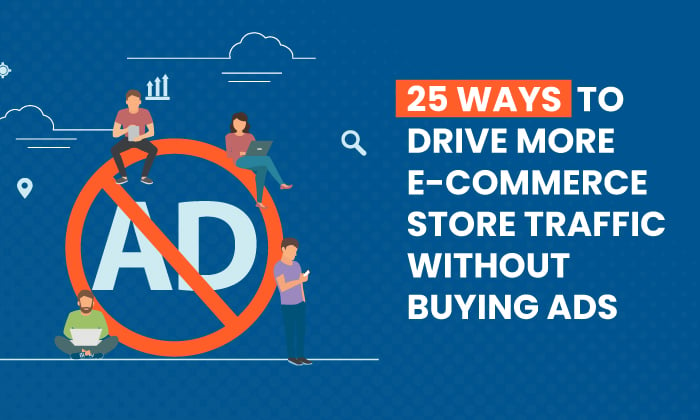
Choosing the right traffic source is not a one-time decision. It's an ongoing process that requires continuous testing and monitoring. Set up different campaigns on different traffic sources and evaluate their performance. Track important metrics like conversion rates, bounce rates, and engagement levels to determine which traffic sources are driving the best results for your business.
Regularly monitor the traffic sources to identify any changes in the quality or relevance of the traffic. If you notice a decline in performance, it may be time to reevaluate your strategy and explore other traffic sources that may be a better fit for your target audience.
In conclusion, choosing the right traffic source is essential for unlocking the potential of purchased traffic. Understanding your target audience, evaluating traffic quality, and continuous testing and monitoring are key strategies for success. By implementing these strategies, you can ensure that your purchased traffic is driving valuable results for your business.
Optimizing Landing Pages for Conversion
One of the most important aspects of unlocking the potential of purchased traffic lies in optimizing landing pages for maximum conversion rates. A well-designed landing page can significantly improve the effectiveness of buying traffic and turn potential visitors into valuable customers.
Here are some strategies you can implement to optimize your landing pages:
1. Clear and Compelling Headline
The headline is the first thing visitors see when they land on your page, so it needs to grab their attention and clearly convey the value proposition of your product or service. Make sure your headline is concise, exciting, and aligns with the expectations set by your ad.
2. Engaging Visuals
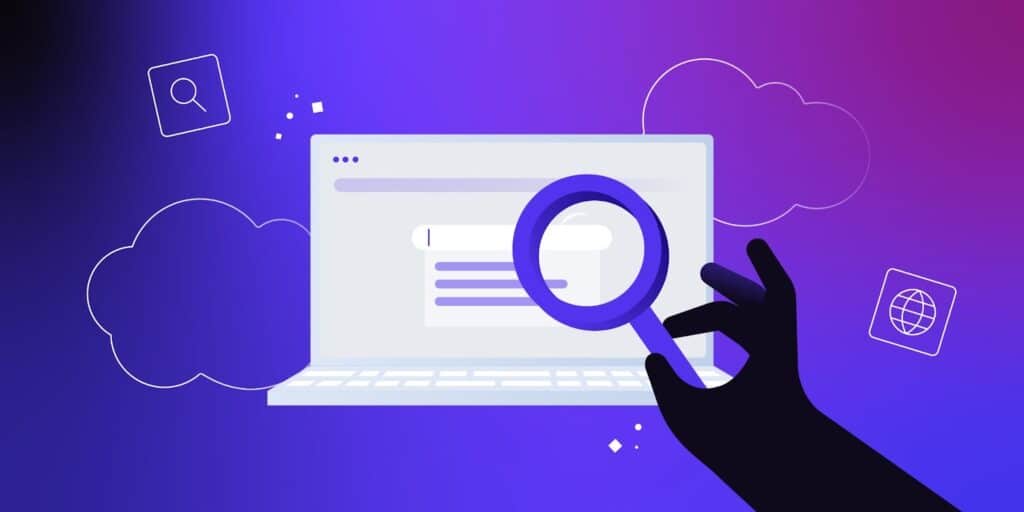
Incorporating relevant and eye-catching visuals can significantly enhance the overall appeal of your landing page. Use high-quality images or videos that effectively showcase your product or provide a visual representation of your offer. Remember to optimize the file sizes to minimize load times.
3. Persuasive Call-to-Action
Your call-to-action (CTA) button should stand out and clearly communicate the desired action. Use action-oriented words like "buy now," "sign up," or "get started" to prompt visitors to take the next step. Experiment with different colors, sizes, and placements to determine the most effective CTA design for your audience.
4. Streamlined Form Fields
If you require visitors to fill out a form, keep it simple and only ask for essential information. Lengthy forms can deter potential customers from completing the process. Consider using autofill features and validation messages to improve user experience and minimize errors.
5. Persuasive Copy and Benefits
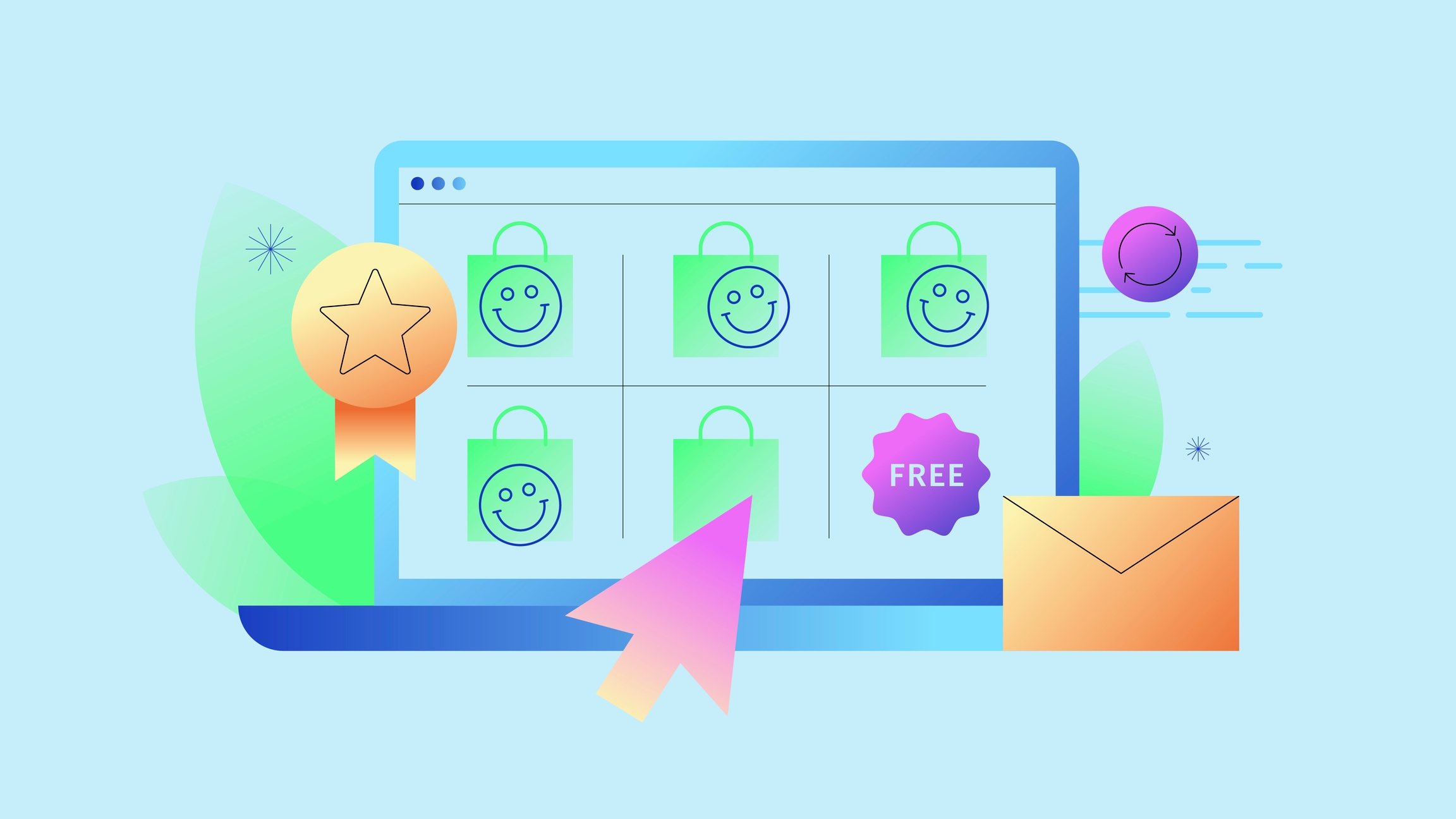
Ensure that your copy clearly communicates the unique selling points and benefits of your product or service. Highlight how your offering solves a problem or improves the lives of your customers. Use persuasive language and formatting techniques, such as bullet points or bolded text, to emphasize key points.
By implementing these strategies, you can optimize your landing pages and increase the conversion rates of purchased traffic, ultimately unlocking its full potential for your business.
Tracking and Analyzing Traffic Data
Tracking and analyzing traffic data is a crucial part of any successful digital marketing campaign. By monitoring metrics and analyzing data, businesses can gain valuable insights into the effectiveness of their strategies and make informed decisions to improve performance.
There are several tools and techniques that can be used to track and analyze traffic data. One common method is the use of web analytics platforms, such as Google Analytics. These platforms provide businesses with detailed information about website visitors, including demographics, behavior, and traffic sources.
Key Metrics to Track

When tracking traffic data, there are several key metrics that businesses should focus on:
Visits: The total number of visits to a website
Pageviews: The total number of pages viewed by visitors
Bounce Rate: The percentage of visitors who leave a website after viewing only one page
Conversion Rate: The percentage of visitors who complete a desired action, such as making a purchase or filling out a form
Referral Sources: The websites or platforms that are directing traffic to a website
Analyzing Traffic Data
Once traffic data has been tracked, it's important to analyze the data to gain insights and identify areas for improvement. Here are some tips for analyzing traffic data:
Compare Performance Over Time: Track the changes in key metrics over time to identify patterns and trends.
Segment Data: Analyze traffic data by different segments, such as by traffic source, device type, or demographic, to understand the behavior of different user groups.
Identify Conversion Funnel Bottlenecks: Analyze the conversion funnel to identify any steps where users are dropping off and optimize those steps to improve conversion rates.
Set Goals: Set specific goals for your traffic data analysis, such as increasing website visits or improving conversion rates, and track progress towards those goals.
By effectively tracking and analyzing traffic data, businesses can gain insights that will help them optimize their digital marketing strategies and unlock the full potential of purchased traffic.
Strategies to Retain and Monetize Purchased Traffic
Once you have successfully driven purchased traffic to your website, it is essential to have strategies in place to retain those visitors and monetize their continued engagement. Here are some effective strategies to consider:
1. Provide Valuable Content:
Deliver high-quality and relevant content that meets the needs and interests of your target audience. This will encourage visitors to stay on your site and explore further, increasing the likelihood of future engagement and conversions.
2. Implement Clear Calls-to-Action:
Include clear and compelling calls-to-action throughout your website to guide visitors towards desired actions, such as making a purchase, signing up for a newsletter, or requesting more information. Use persuasive language and visually appealing design to maximize their effectiveness.
3. Personalize the User Experience:
Utilize data and analytics to understand visitor behavior and preferences, and then tailor the user experience accordingly. This can include personalized product recommendations, customized landing pages, or targeted email campaigns. By providing a personalized experience, you can increase engagement and drive more conversions.
4. Optimize Website Performance:
Ensure that your website is fast, responsive, and user-friendly. Slow loading times or a confusing navigation structure can quickly deter visitors and lead to high bounce rates. Regularly test and optimize your website to provide a smooth and seamless experience for your audience.
5. Offer Incentives:
Provide incentives to encourage visitors to take action. This could include offering discounts, free trials, or exclusive content for signing up, making a purchase, or referring others to your site. Incentives can help drive conversions and turn one-time visitors into loyal customers.
6. Build Customer Trust:
Establish trust with your visitors by showcasing positive reviews, testimonials, or trust seals. Include clear and transparent policies regarding privacy, security, and refunds. When customers feel confident and secure, they are more likely to engage with your site and make a purchase.
By implementing these strategies, you can effectively retain and monetize the traffic you have purchased, maximizing your return on investment and driving sustainable growth for your business.
Implementing A/B Testing for Maximum Impact
When it comes to purchased traffic, implementing A/B testing can be a game-changer in terms of maximizing your conversions and revenue. A/B testing allows you to compare different versions of your website or landing pages to determine which one performs better. This data-driven approach can help you make informed decisions and optimize your marketing efforts.
1. Define Your Goals

Before you start A/B testing, it's crucial to define your goals. What specific metric or action are you trying to improve? Is it the click-through rate, conversion rate, average order value, or something else? Clearly defining your goals will help you measure the success of your A/B tests accurately.
2. Test One Variable at a Time
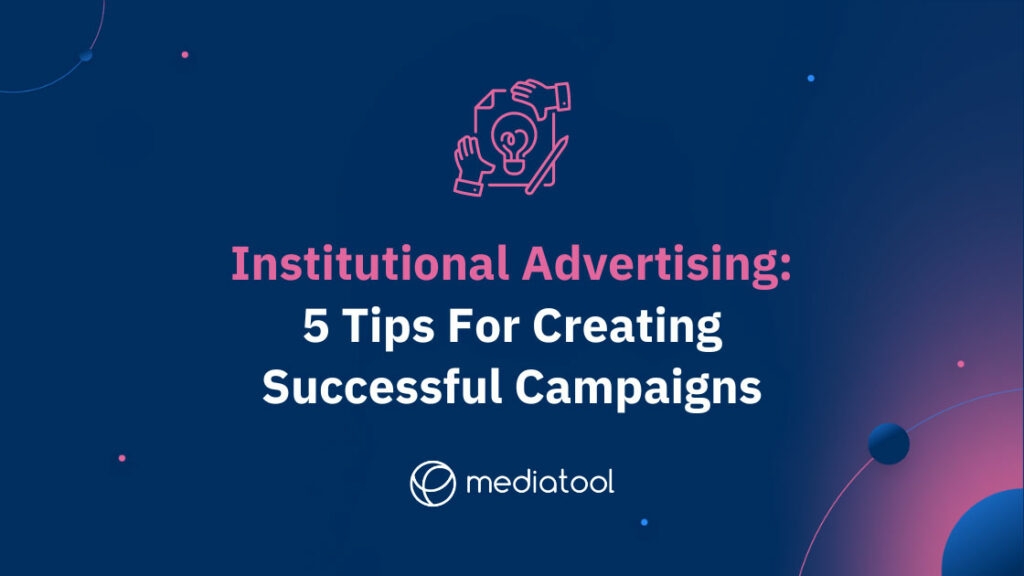
When conducting A/B tests, it's essential to test one variable at a time. This allows you to isolate the impact of each element and gauge its effectiveness accurately. Testing multiple variables simultaneously can lead to confounding results, making it difficult to determine the true cause of any changes observed.
3. Develop Hypotheses
Before you start an A/B test, it's vital to develop clear hypotheses. What do you think will happen if you make a specific change to your website or landing page? By outlining your expectations, you can then measure the results of your test against them and gain valuable insights into what works best for your audience.
4. Create Variation Versions
Once you have your hypotheses, create variation versions of your website or landing page. These variations should incorporate the changes you want to test. For example, if you believe changing the color of a call-to-action button will improve conversions, create one version with the new color and one with the original color.
5. Split Your Traffic
To conduct A/B testing, you need to split your traffic between the control version (the original) and the variation version (the new version you are testing). Make sure the split is random and evenly distributed to ensure accurate results. This can be done using specialized A/B testing software or tools.
6. Measure and Analyze Results
Once your A/B test is running, it's essential to measure and analyze the results. Look at the specific metric you are trying to improve and compare the performance of the control version with the variation version. Determine if there is a statistically significant difference between the two versions and assess the impact of the changes you made.
Click-Through Rate: 5%
Click-Through Rate: 6%
Conversion Rate: 10%
Conversion Rate: 12%
Average Order Value: $50
Average Order Value: $55
7. Implement the Changes
If the variation version performs better than the control version and the results are statistically significant, it's time to implement the changes on your website or landing page. Make sure to carefully track the impact of these changes and continuously monitor the performance to ensure long-term success.
By implementing A/B testing for your purchased traffic strategy, you can make data-driven decisions that drive maximum impact. Remember, A/B testing is an iterative process, and continuous testing and optimization are key to unlocking the full potential of your traffic.
Diversifying Traffic Sources for Long-Term Success

When it comes to purchased traffic, relying solely on one source can be risky for your long-term success. Diversifying your traffic sources is crucial to ensuring a steady and sustainable flow of visitors to your website. Not only does diversification reduce your dependency on a single platform, but it also allows you to reach a wider audience and discover new opportunities.
Why Diversification Matters
There are several reasons why diversifying your traffic sources should be a priority:
Platform changes: Online platforms often change their algorithms, policies, or pricing structures, which can significantly impact your traffic. By relying on multiple sources, you can minimize the impact of any sudden changes.
Targeting: Different platforms attract specific demographics and audiences. By diversifying your traffic sources, you can reach a wider range of potential customers and increase your chances of finding your target audience.
Competition: If your competitors are also relying on a single traffic source, diversifying can give you a competitive advantage. By exploring alternative sources, you can tap into new markets and gain an edge over your competitors.
Strategies for Diversification
Here are some strategies you can implement to diversify your traffic sources:
Explore social media: Social media platforms offer a great opportunity to connect with your target audience. Identify the platforms where your potential customers spend their time, and create engaging content to attract them to your website.
Utilize search engine optimization (SEO): Improve your website's visibility on search engines by optimizing your content for relevant keywords. This can help you attract organic traffic and reduce your dependency on paid advertising.
Collaborate with influencers: Partnering with influencers or industry experts can expose your brand to their followers and drive traffic to your website. Look for influencers who align with your brand values and target audience.
Guest posting: Write high-quality articles and submit them to reputable websites in your industry. This can help you reach a new audience and establish yourself as an authority in your niche.
Explore display advertising: Display advertising on websites and apps can help you reach your target audience in a visually appealing way. Research and identify websites that attract your potential customers and advertise your products or services there.
By diversifying your traffic sources, you can minimize risks, reach new audiences, and increase your chances of long-term success. Experiment with different strategies and continuously monitor and analyze the results to optimize your traffic acquisition efforts.
How can I effectively utilize purchased traffic to increase my website's visibility?
There are several strategies you can employ to make the most of purchased traffic. Firstly, ensure that you target your traffic effectively by choosing sources that align with your target audience. Secondly, optimize your landing pages to provide a seamless and engaging user experience. Lastly, track and analyze your traffic data to identify areas for improvement and make data-driven decisions.
What are some common mistakes to avoid when purchasing traffic for my website?
When buying traffic, it's important to avoid some common pitfalls. One mistake to avoid is relying solely on quantity over quality - it's better to have a smaller number of highly targeted and engaged visitors than a high volume of irrelevant traffic. Additionally, make sure to thoroughly research and select reputable sources to purchase traffic from, as some sources may use unethical practices that can harm your website's reputation.
Is purchasing traffic a sustainable long-term strategy or just a quick fix?
Purchasing traffic can be a valuable strategy both in the short-term and long-term, but it should be used in conjunction with other marketing efforts. It can provide a quick boost in visibility and reach, but to sustain that growth, it's important to focus on creating high-quality content, optimizing for search engines, and building organic traffic channels. Purchased traffic should be seen as a supplement to these strategies, rather than a standalone solution.
How can I measure the effectiveness of my purchased traffic campaigns?
Measuring the effectiveness of your purchased traffic campaigns is crucial to optimizing your strategy. You can track key metrics such as click-through rates, bounce rates, conversion rates, and average time on page to evaluate the performance of your campaigns. Additionally, setting up conversion tracking and analyzing the behavior of your purchased traffic on your website can provide valuable insights into the quality and engagement of your visitors.
What are some alternative ways to drive traffic to my website without purchasing it?
While purchasing traffic can be effective, there are also other ways to drive traffic to your website. Some alternative strategies include optimizing your website for search engines (SEO), creating and promoting high-quality content, leveraging social media platforms, engaging in email marketing, collaborating with influencers, and utilizing online advertising platforms such as Google AdWords or Facebook Ads. These methods can help you attract organic traffic and build a sustainable online presence.
What is purchased traffic and how can businesses benefit from it?
Purchased traffic refers to the practice of buying website visitors or ad space on other websites to drive traffic to one's own site. Businesses can benefit from purchased traffic by increasing their visibility, expanding their reach to new audiences, and generating more leads and sales.
What are some common strategies for successful purchased traffic?
Some common strategies for successful purchased traffic include targeting the right audience, optimizing landing pages for conversions, monitoring and adjusting campaigns, and diversifying traffic sources. It is also important to have clear goals and metrics in place to measure the success of the purchased traffic campaigns.
How can businesses ensure they are targeting the right audience with purchased traffic?
To ensure targeting the right audience with purchased traffic, businesses can use audience segmentation and targeting tools. They can also research and analyze the demographics, interests, and online behavior of their target audience to find the most suitable platforms and websites to buy traffic from.
What are some ways to optimize landing pages for conversions when using purchased traffic?
Some ways to optimize landing pages for conversions when using purchased traffic include ensuring clear and compelling calls-to-action, minimizing distractions, making the page visually appealing and user-friendly, showcasing social proof and testimonials, and testing different elements of the page to see what resonates best with the audience.
How can businesses diversify their traffic sources for better results?
Businesses can diversify their traffic sources by not relying on a single platform or website for purchased traffic. They can explore different advertising networks, social media platforms, influencer partnerships, and even offline marketing channels to reach their target audience from multiple angles and reduce the risk of relying too heavily on a single source.
Buy CPC Traffic | Buy Display Ads | Exclusive traffic sources | Buy Push Ads | Popunder ADS | Buy Native Ads | Buy Preroll Ads
2022-2024 @ Unlocking the Potential of Purchased Traffic: Strategies for Success